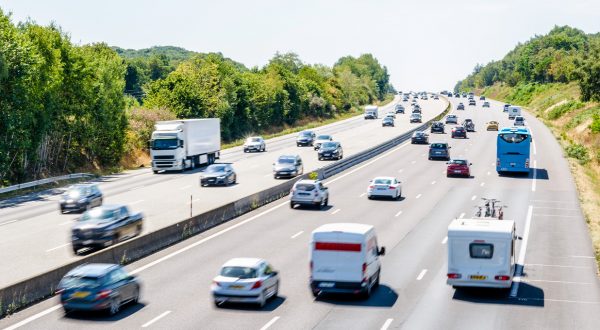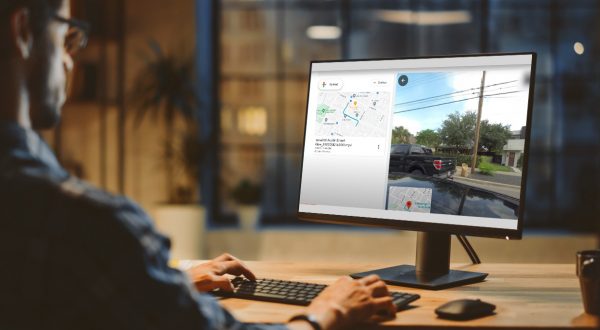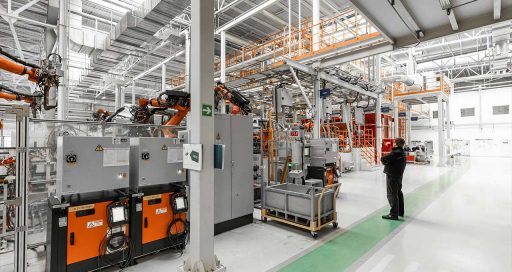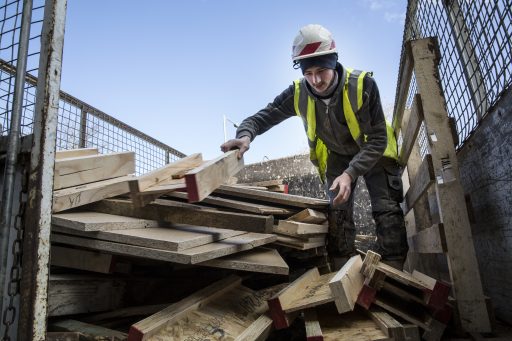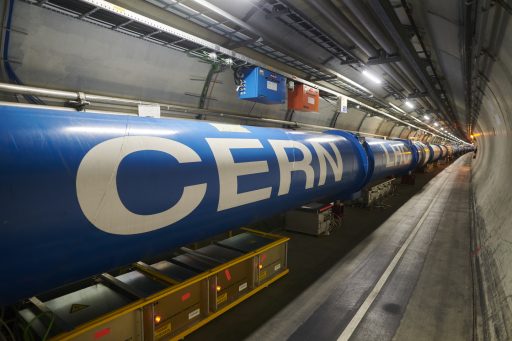In an effort to reduce traffic-related air pollution, Greater Paris is testing a system of reserved lanes for carpooling and “green” vehicles. Four VINCI Energies business units and a VINCI Autoroutes business unit are taking part in a trial aimed at helping operators to identify these vehicles and manage the new traffic corridors.
![]()
Picture this. It’s the Paris 2024 Olympics, and sports delegations from all over the world are competing for medals. To get to their stadiums, dojos and swimming pools, athletes experience a new privilege: a dedicated lane on the Paris ring-road.
This scenario, as anticipated by Paris City Hall, is on the way to becoming a reality. While awaiting the cars featuring the five Olympic rings, the City of Paris is taking steps to create a “clean” lane. “The corridor will be reserved for vehicles transporting two or more people, public transport, taxis and electric or hydrogen-powered cars,” says Emmanuel Jolly, business unit manager at Actemium Paris Transport, who is working on the project.
So how will it be possible to distinguish these vehicles from others? The City of Paris has called on VINCI Energies and VINCI Autoroutes to install a unit comprising cameras and sensors on the Paris ring-road at the Porte de Montreuil junction. “Video analysis solutions combined with artificial intelligence can identify cars bearing the green Crit’Air1 sticker and count the number of passengers travelling by scanning the front and side of the vehicles,” explains Jolly. The method, which ensures that the vehicles using the reserved lanes are authorised to do so, delivers a “performance rate of 98%.”
Five complementary business units are involved in the project: Cyclope.ai is to create the deep learning algorithms, supported by Actemium Paris Transport for the software integration aspects; Cegelec Equipements dynamiques routiers is to assemble and create the unit, and SDEL Transport Services is to install and connect the equipment to operator networks then maintain it. Jolly is convinced that, “for these new projects, we need all the skillsets of the VINCI Group – electrical, mechanical, IT and AI.”
Adaptability and interoperability
Outside of Paris, other reserved lanes have been emerging on France’s major roads such as the A1, A6, A10 or A12 motorways and the Bordeaux, Toulouse, Grenoble and Lyon ring-roads.
They are activated during rush hours or permanently, depending on the circumstances.
It’s a new playing field for road traffic regulators and road users. “Our solution sends the information from the sensors and cameras to road infrastructure operators in real time. They then have the option to activate or deactivate the lanes by informing drivers via variable message signs,” stresses Jolly. The dedicated corridor may also be used by emergency services.
Taking into account operator requirements also means ensuring software system interoperability. “Our main engineering challenge is to facilitate the integration of this new software with existing intelligent transport systems,” confirms the Actemium Paris Transport expert. The selected solution is capable of overlapping with road operator tools and “potentially with those of any public transport operators that might use these reserved lanes.”
“More virtuous road users seeking new information to better prepare their journey.”
Reducing solo driving
On average, 70% of motorists drive alone in France, compared with 3% in a carpooling arrangement. And according to the Ministry for the Ecological Transition, internal combustion engine cars account for 97% of vehicles in circulation. In order to reverse this trend, the French government has set itself the goal of achieving 3 million daily carpool journeys, thus reducing daily CO2 emissions by 7,800 tonnes.
The “clean” lane system would help meet that objective. It would encourage drivers to change their travel habits, and ultimately pollute less, by adopting carpooling or buying more environmentally friendly cars.
The idea is for road users to be more virtuous by seeking new information to better prepare their journey. “We’re moving towards a ‘mobility-as-a-service’ approach. Soon, anyone will have access with their mobile phone to traffic conditions on reserved lanes and will be able to be guided to a carpooling car park,” concludes Jolly.
14/10/2021

